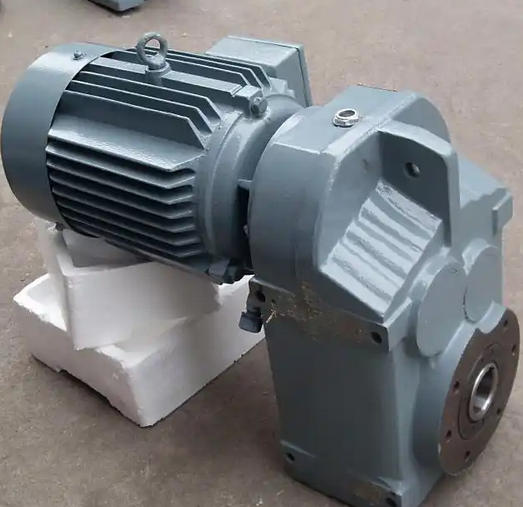How to properly clean the bearing seal of FA107-Y15-4P-58.12-M1 reducer
The standard process for cleaning the bearing seals of FA107-Y15-4P-58.12-M1 reducer is as follows:
1. Preparation before disassembly
Power off and release the residual pressure of the hydraulic system (≤ 0.5bar), mark the gear meshing phase
Record the appearance status of the seal, confirm the residual amount of lubricant, and take samples for analysis
Prepare specialized tools: hydraulic puller, bearing heater (electromagnetic induction type), torque wrench
2. Disassembly of seals

Loosen the end cap bolts in diagonal order, gradually loosening them in 3 steps (initial loosening 50% → further loosening 80% → complete loosening)
Use a specialized screwdriver to remove the skeleton oil seal, avoiding scratching the shaft neck (surface roughness Ra ≤ 0.8 μ m)
If the seal is in interference fit with the bearing, it needs to be heated to 80-100 ℃ with an electromagnetic heater before disassembly
3. Cleaning operation specifications
Rough washing stage:
Soak in kerosene or neutral anhydrous diesel for 1-2 hours to dissolve rust proof oil
Use a soft bristled brush to remove surface lubricating grease, and prohibit rotating the bearing to prevent impurities from being pressed into the raceway
A metal mesh frame should be placed at the bottom of the container to avoid direct contact between the sealing components and dirt
Purification stage:
Replace the cleaning agent (recommended water-based weak alkaline cleaning solution with pH 8-9)
Slowly rotate the seal to ensure cleanliness of all parts, and use ultrasonic cleaning (40kHz, 60 ℃) for better results
After cleaning, it is necessary to rinse with gasoline to remove residual moisture from kerosene
4. Drying and rust prevention treatment
Wipe dry with a lint free cloth. Do not use cotton yarn to prevent residual fluff
Immediately apply anti rust oil or anti rust grease. If not installed within 4 hours, wrap with oil soaked paper
Store in a dry environment (humidity ≤ 60%), avoid contact with corrosive gases
5. Installation precautions
Before installing the new seal, it is necessary to check the roundness of the shaft neck (≤ 0.01mm) and the surface roughness (Ra ≤ 0.4 μ m)
Heating method (80-100 ℃) is used for interference fit, and direct flame heating is strictly prohibited
After installation, check the compression of the sealing ring to ensure that there is no distortion or deformation

